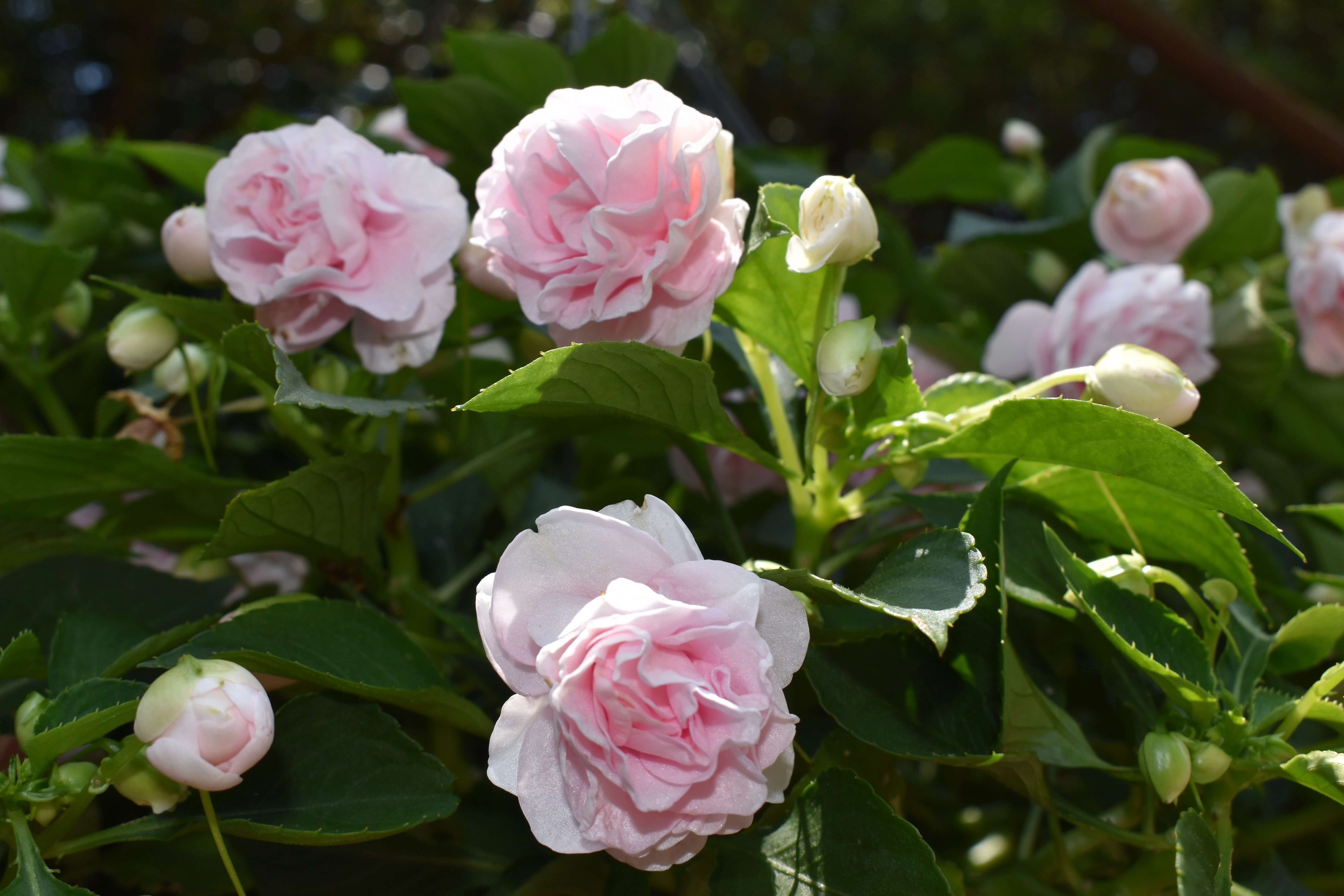Fourteen years ago, ‘Prairie Sun,’ one of the most striking gloriosa daisies ever, was chosen as an All-America Selections award winner. This followed on the heels of ‘Indian Summer,’ another outstanding selection, and might have garnered all the love and attention it deserved.
Thanks to progressive greenhouse growers and a new generation of landscape color professionals, this outstanding Rudbeckia hirta is generating a lot of dazzle in both commercial and homeowners’ landscapes.
Rudbeckia hirta, commonly called “black-eyed Susans” or “gloriosa daisies,” are treated as short-lived perennials or annuals by many gardeners. The flower power they generate is worth every penny, regardless of how you use them.
‘Prairie Sun’ is cold hardy in zones 3 through 8, but as an annual, everyone can enjoy its sizzling color. The orange petals give way to primrose tips. The large disk, or eye, of ‘Prairie Sun’ is green and generates even more glances from passing visitors.
Like ‘Indian Summer,’ ‘Prairie Sun’ will top out at 2.5 to 3 feet with a 2-foot spread. The flowers are huge, reaching 5 inches, and command attention. This summer, one of the most dazzling partnerships combined ‘Prairie Sun’ and ‘Wasabi’ coleus. I particularly love how the ‘Wasabi’ echoed the color of the green ‘Prairie Sun’ eye.
You can never underestimate the complementary color of blue when it comes to ‘Prairie Sun.’ All shades of blue, from light to the intense, darker shades, provide a marriage made in garden heaven. So, there it is: petunias, salvias or scaevolas. Let blue be a consideration.
I’ll come right out and admit it — I am a gloriosa daisy or Rudbeckia hirta enthusiast. They are the quintessential cottage garden plant, but remain the perfect choice for today’s modern landscapes in a home, commercial or park-like setting.
Sometimes I get a little uneasy that garden centers cater to the instant gratification crowd. The old-fashioned, 4-inch green transplant has given way to instant color from another flower. If transplants are a little hard to find in your area, know that these incredible flowers bloom the first year from seed.
Rudbeckias perform best in full sun with fertile, well-drained soil. Tight, compact clay or soggy soil yields less-than-satisfactory results. If you find yourself in this situation, incorporate 3 to 4 inches of organic matter, like compost, peat or humus, before planting. Set your transplant in the soil at the same depth it was growing in the container. Finish the task by applying a layer of your favorite mulch.
With gloriosa daisies, like ‘Prairie Sun,’ ‘Indian Summer’ or the shorter ‘Corona,’ the beauty of your garden will command attention from visitors. The plants will also bring in bees and butterflies, followed by birds who love the seeds. That is hard to beat.
Follow me on Twitter: @CGBGgardenguru. For more information about the University of Georgia Coastal Georgia Botanical Garden at the Historic Bamboo Farm in Savannah, Georgia, go to www.coastalgeorgiabg.org.

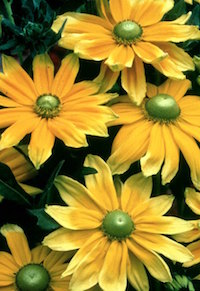
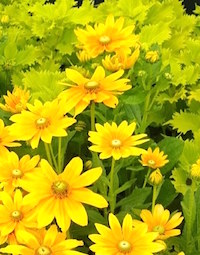
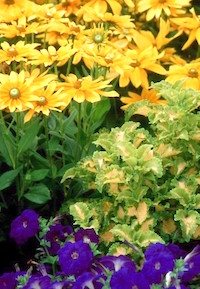
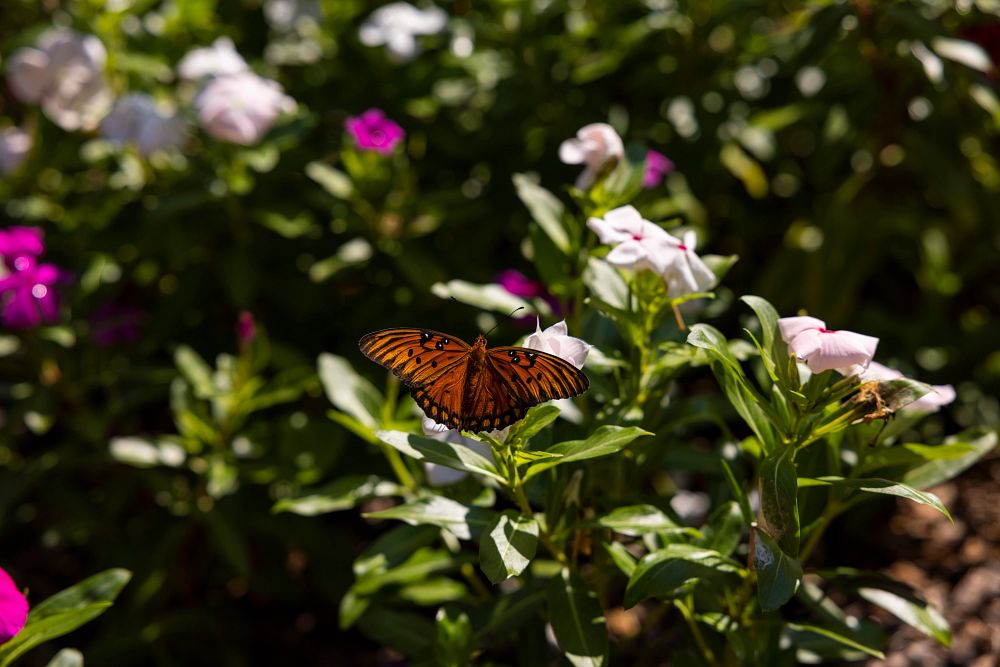
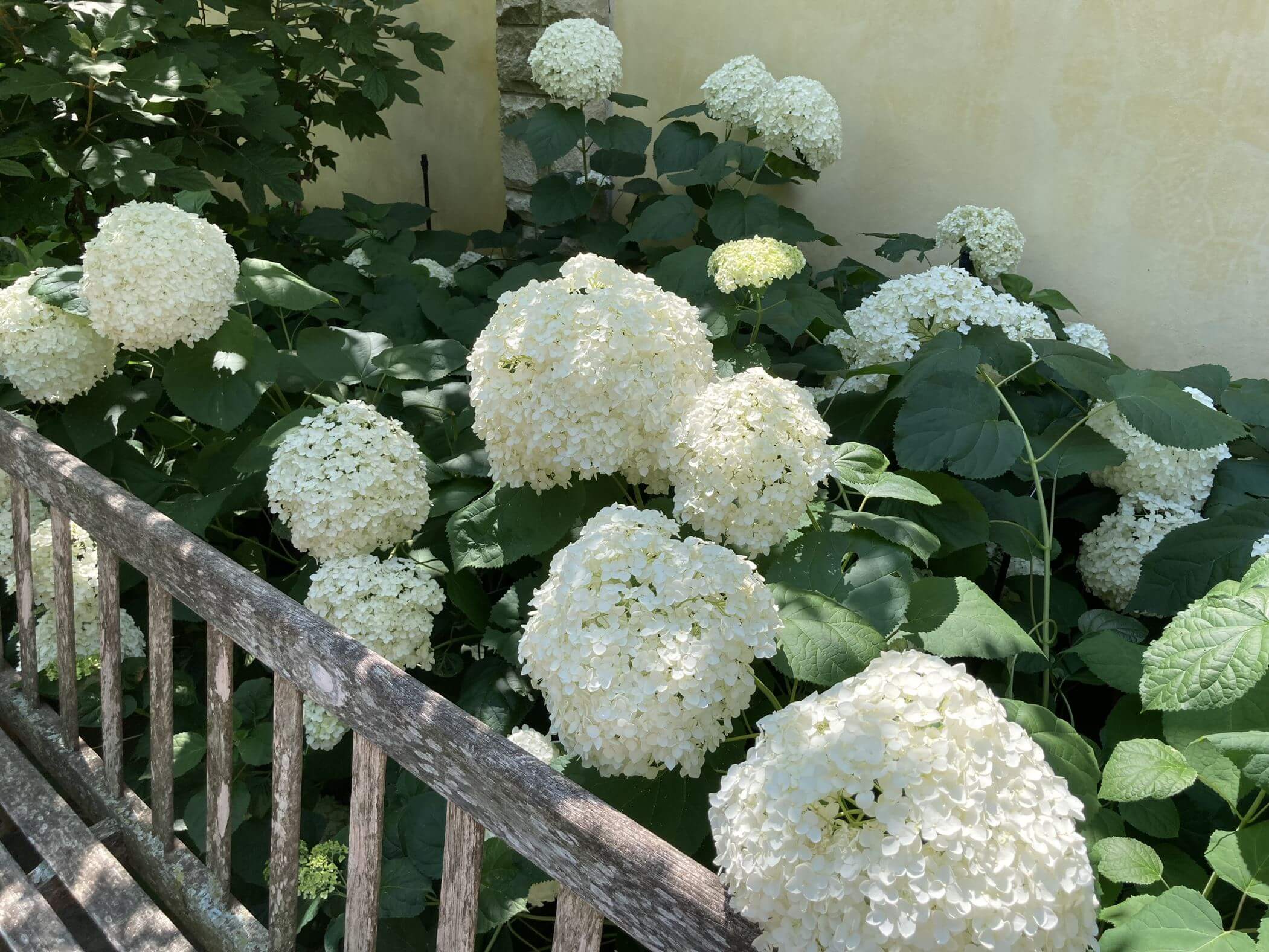
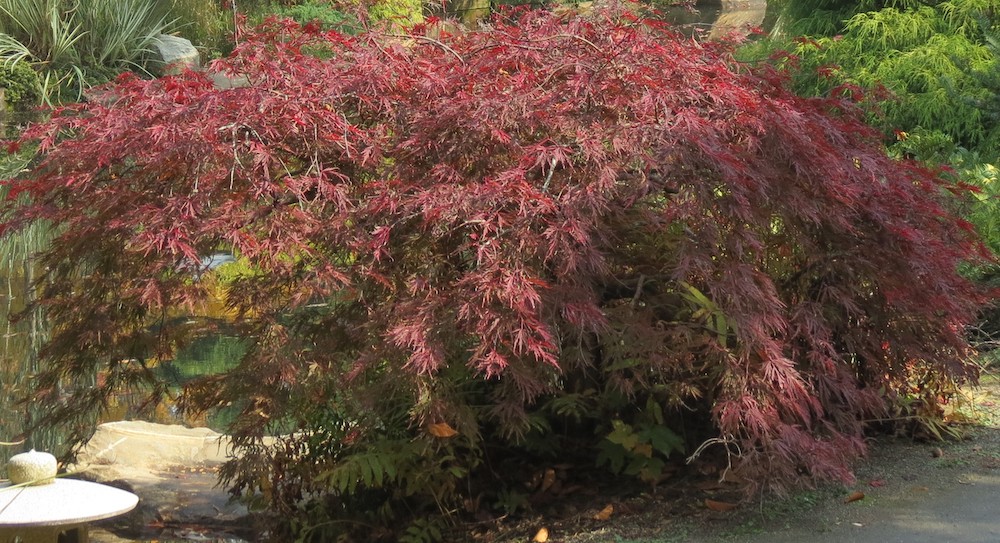
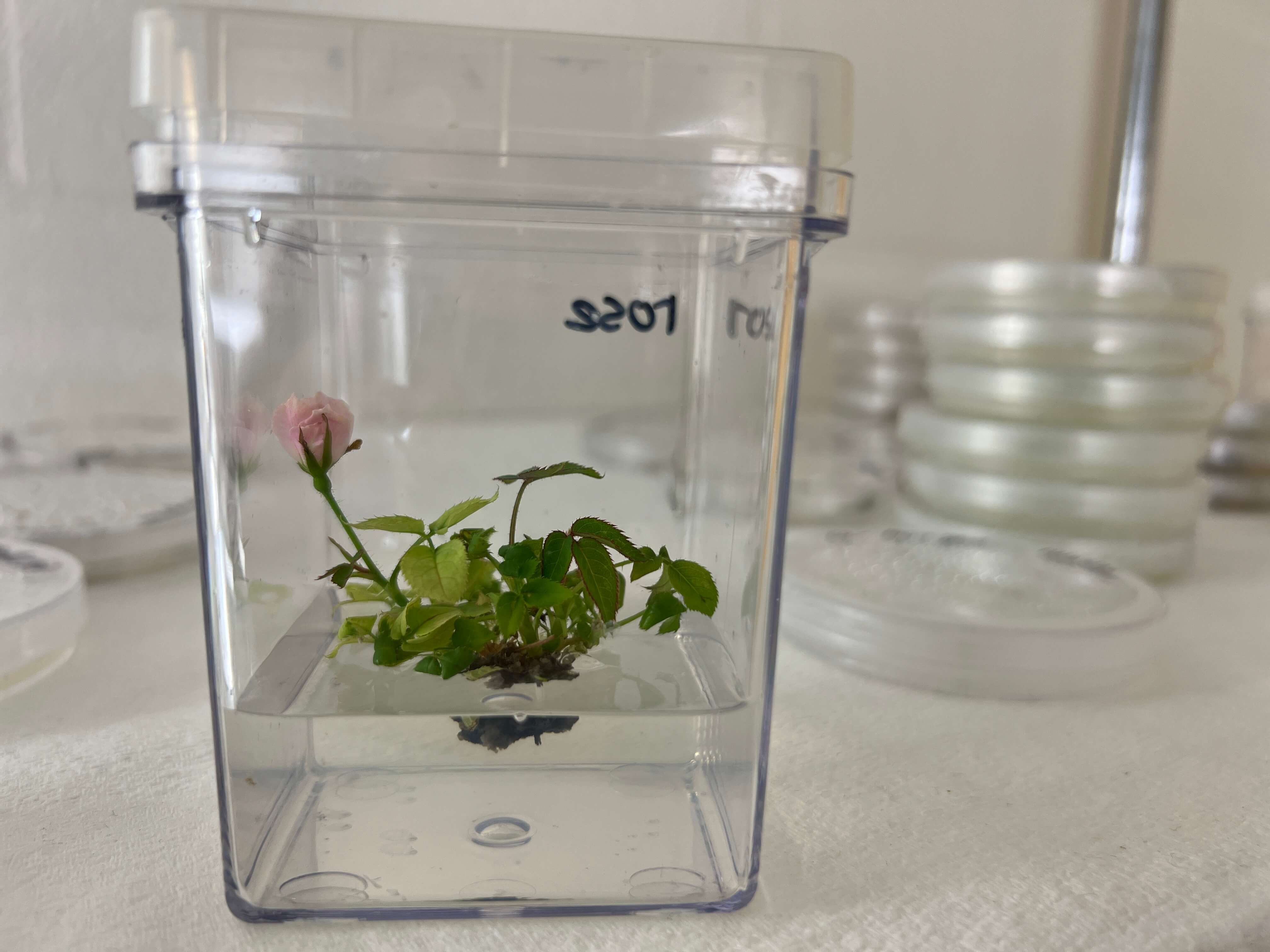
.jpg)
